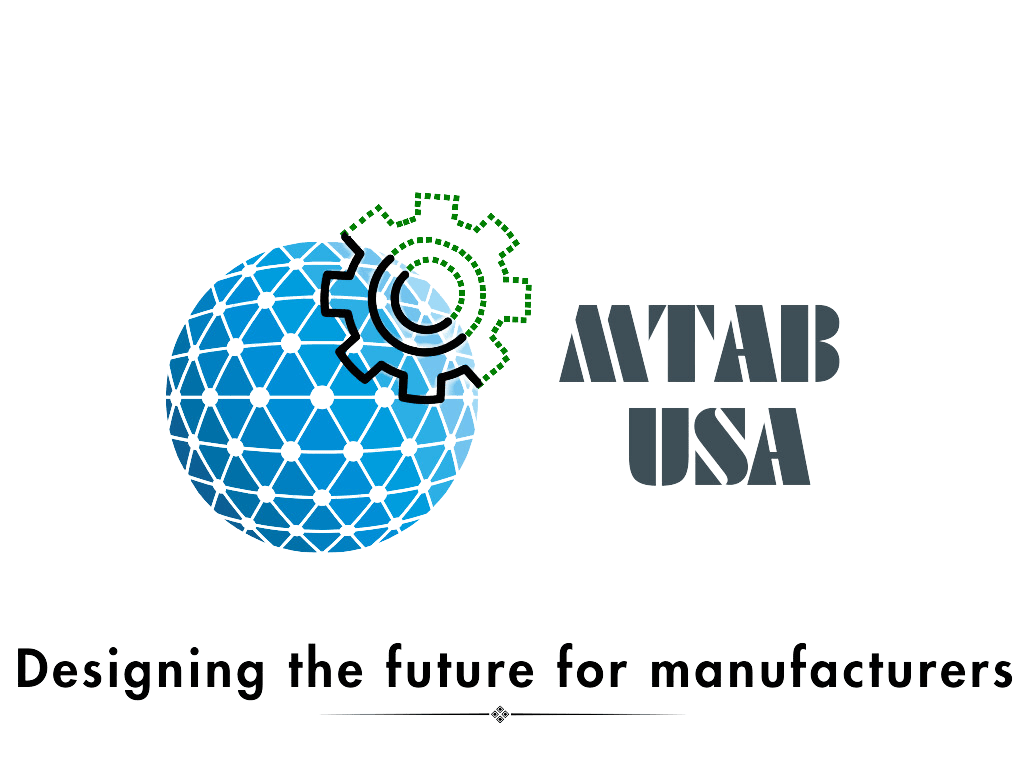Evolving the Manufacturing Workforce
Last week, I was in a conversation with two industry veterans—strategic leaders who have been in the thick of digitization and delivered across industrial verticals. We debated why manufacturers delay digitization. The answer: most leaders are immersed in daily firefighting and cost control rather than planning for the capabilities they will need 12 to 18 months from now. We agreed on this: manufacturers need an expert such as Chief Digital Officer (fractional or full-time) to create visibility, build capabilities, and set a roadmap for capacity and workforce evolution.
Most manufacturers still rely on experienced supervisors to interpret production data, while operators rarely engage with digital systems, let alone AI. Yet as experienced staff retire and roles evolve, this model becomes unsustainable. Digital-native (AI-native) means every role, from operator to planner, interacting with digital information meaningfully, giving it real-time context.
But the truth is, all factories are not created equal. Workforce skills, infrastructure maturity, and tool availability vary dramatically. This blog reframes AI readiness as a stepwise progression—with practical, habit-first changes that build toward Digital/ AI-native behaviors without requiring high upfront investment or perfect systems. A diverse perspective + domain expertise greatly helps in defining the journey. It is useful to hire a Chief Digital Officer (CDO), part-time or full-time, to guide the leaders and their people through this journey.
Step-Up Maturity Ladder for Manufacturers
Change is hardest among the manufacturing workforce, who physically build products. Change here encompasses physical and digital. They are required to deliver efficiently, at quality, within the cost and time boundaries, while juggling internal and external variables, ensuring safety and compliance is maintained. This does not give them much time to build digital fluency skills unless organizations are intentional. This five-level ladder helps factories take actionable steps based on their starting point. Each level builds from the previous one—embedding habits, visibility, and tools at their pace, without judgment.
Level 1: Tribal Knowledge + Paper Systems
Reality: Verbal guidance, paper logs, operator memory.
Actions: Use end-of-shift whiteboards for operators to note issues. Assign a supervisor or intern to digitize them weekly.
Tools: Whiteboards, sticky notes, spreadsheets.
Indicative ROI: Cultural shift in how problems are surfaced. Minimal cost. Builds engagement.
Level 2: Routine Digitization of Observations
Reality: Supervisors collect observations but storage is informal.
Actions: Set up structured Google Forms or Excel templates. Categorize top recurring problems.
Tools: Shared drives, Google Forms, Excel with macros.
Indicative ROI: Early pattern visibility. Supports better maintenance planning.
Level 3: Shared Visibility for All Roles
Reality: Dashboards exist but only management sees them.
Actions: 80/20 Rule—Display heatmaps of delays, progress and success in shopfloor spaces.
Tools: Current ERP dashboards, Power BI (read-only), Tableau.
Indicative ROI: Cross-role alignment. Downtime reduction through proactive responses.
Level 4: Micro-Decisions and Role-Based Prompts
Reality: Leads rely on experience, no digital triggers.
Actions: 80/20 Rule—Create “if-this-then-that” cards or digital guides. Run post-shift reviews comparing decisions vs. outcomes.
Tools: Co-Pilot, SOPs, Decision Trees (Process Shepherd, Tulip).
Indicative ROI: Increases first-time-right. Improves supervisor effectiveness.
Level 5: AI-Augmented Roles
Reality: Some engineering or planning staff adopt AI suggestions.
Actions: Introduce guided root cause analysis tools, build-sequence optimizers, and delay impact simulators. These help planners and engineers test “what-if” changes and quantify downstream impacts—without touching production.
New Tools: Phantasma for scheduling & planning and integrates with multiple ERPs, Quarter20 for collaboration between design engineers and manufacturing/ assembly, DeepSight Realite for factory onboarding, Augmentir for connected worker knowledge management.
Indicative ROI: Faster RCA. Improved planning resilience. Scenario planning capacity. Knowledge retention, transfer and addition.
Two Frameworks to Measure Workforce Digital Fluency
For the curious mind, here are a couple of available frameworks that can be used to assess maturity of roles and job transformation.
Assess and Improve Digital Literacy in Manufacturing through SIRI
Skills and competencies to be acquired to improve maturity
World Economic Forum’s Global Skills Taxonomy Adoption Toolkit
Aligns job transformation with tech evolution.
https://reports.weforum.org/docs/WEF_Global_Skills_Taxonomy_Adoption_Toolkit_2025.pdf
Final Thoughts: Pragmatism over Perfection
AI-native is not a destination. It is a journey of building decision intelligence, one observation, one dashboard, one behavior at a time.
Start with what your team knows. Visualize what is happening. Add just enough structure to turn experience into action.
Turn daily habits into future-proof capabilities—starting where you are, with what you have and identifying what you need to add.
If you are looking to bring on an interim or part-time Chief Digital officer or Smart Manufacturing Expert or understanding what you need,talk to us.
